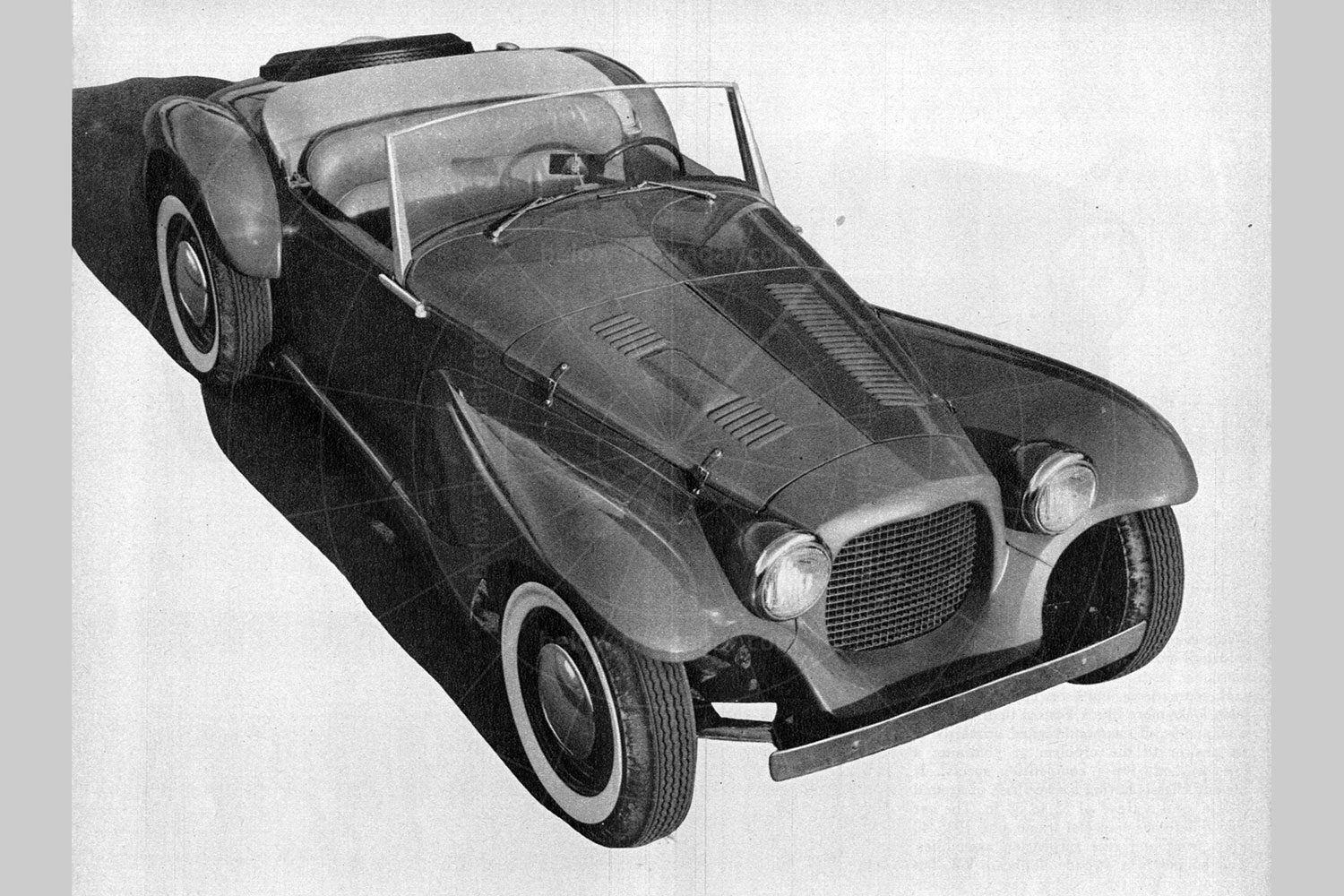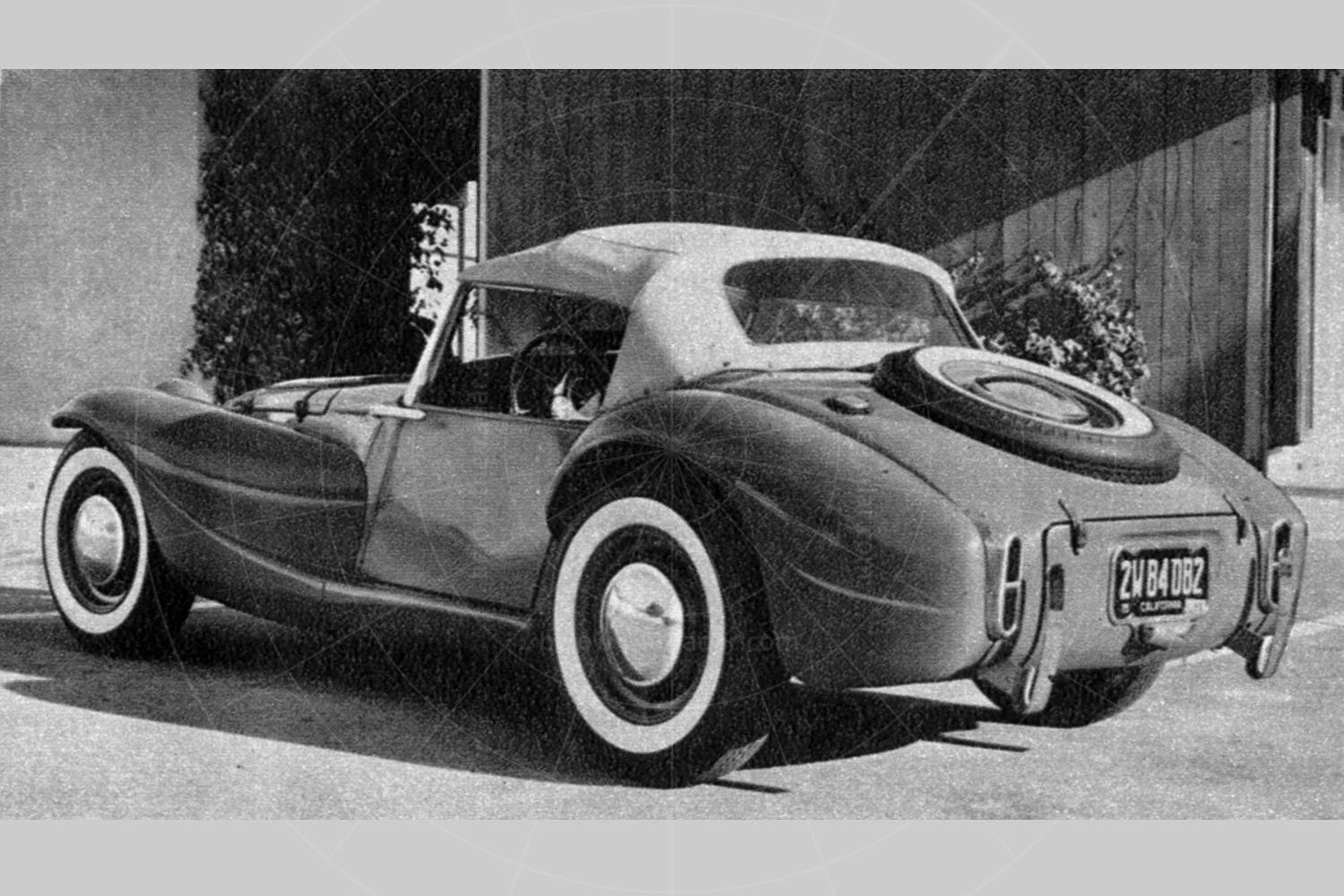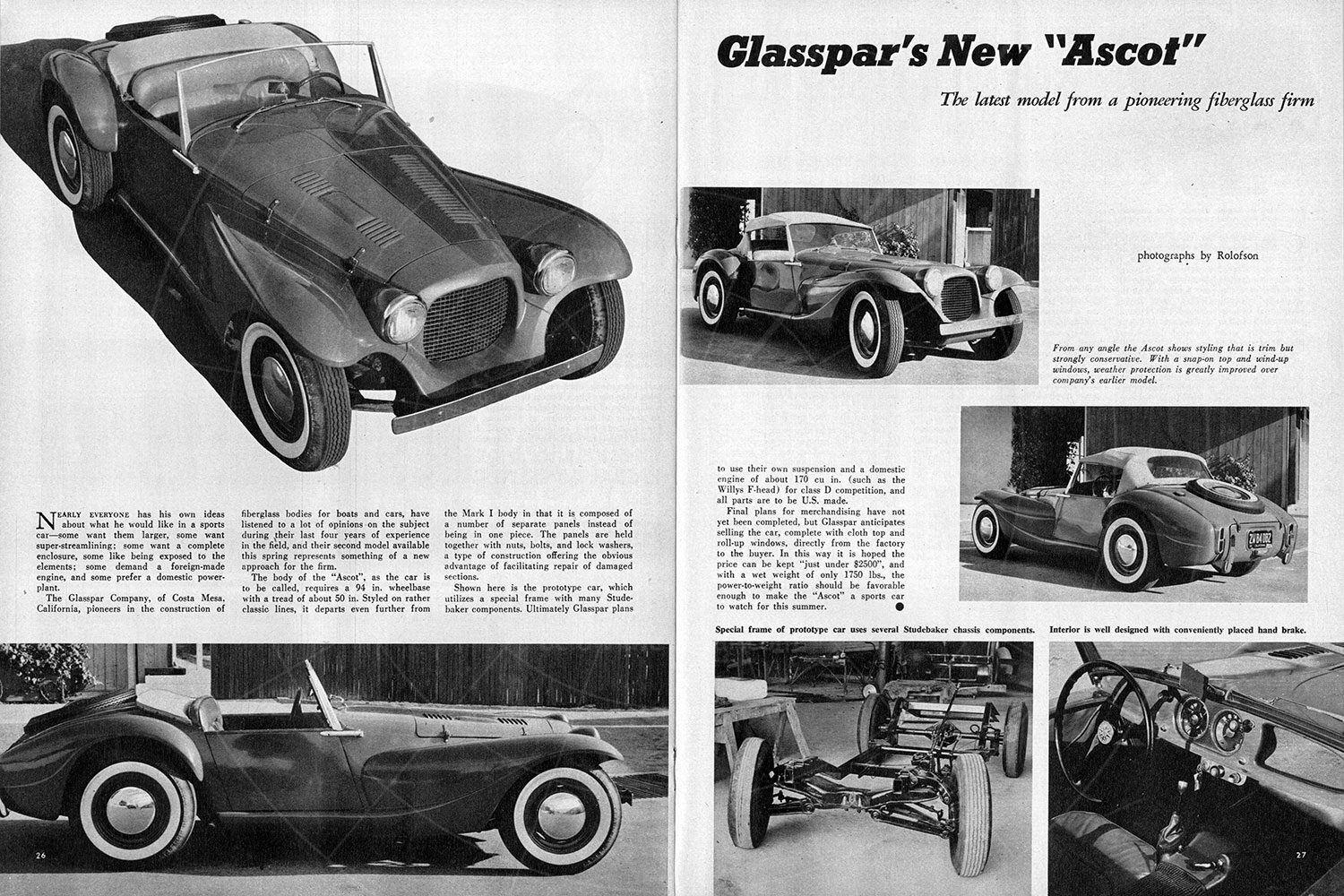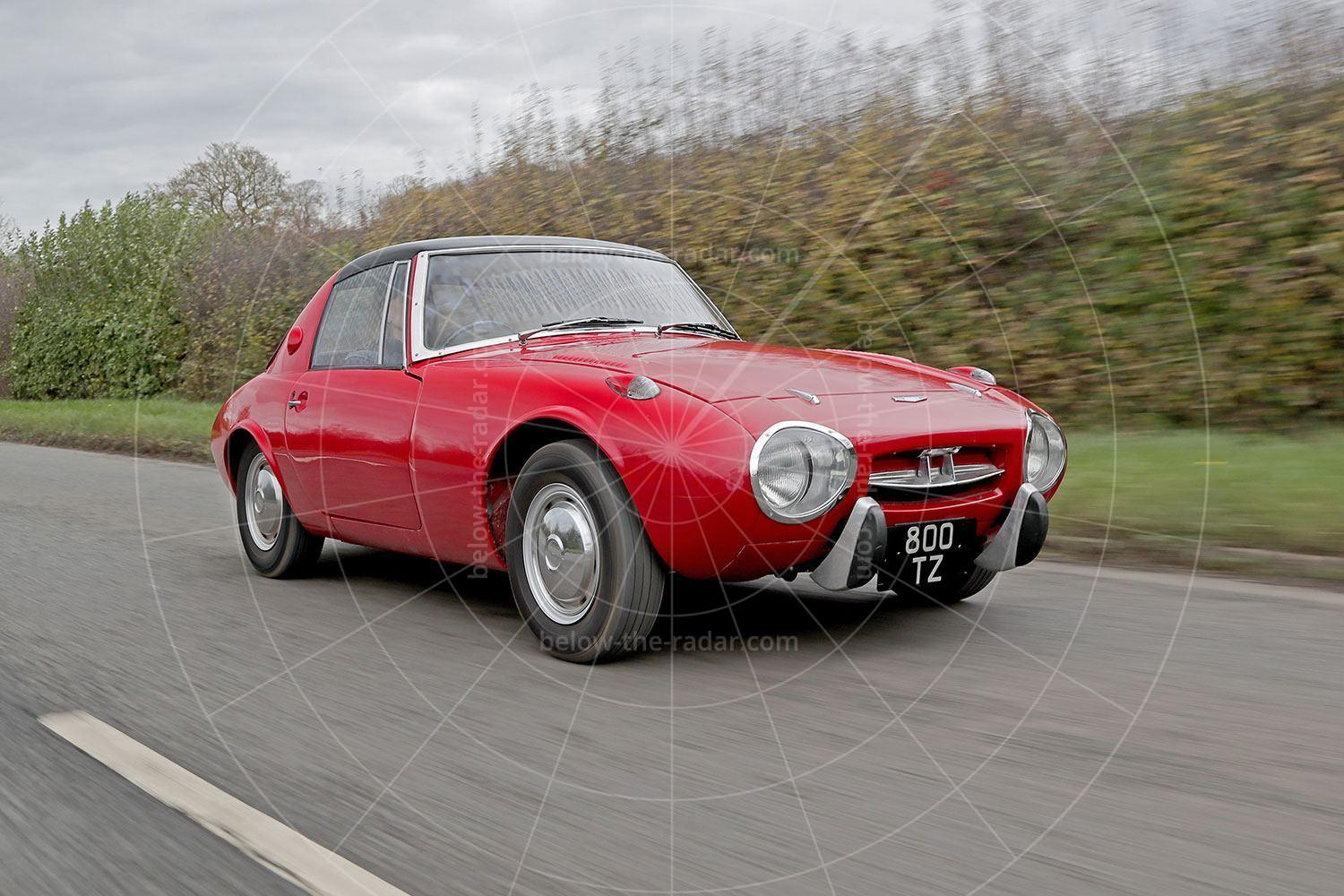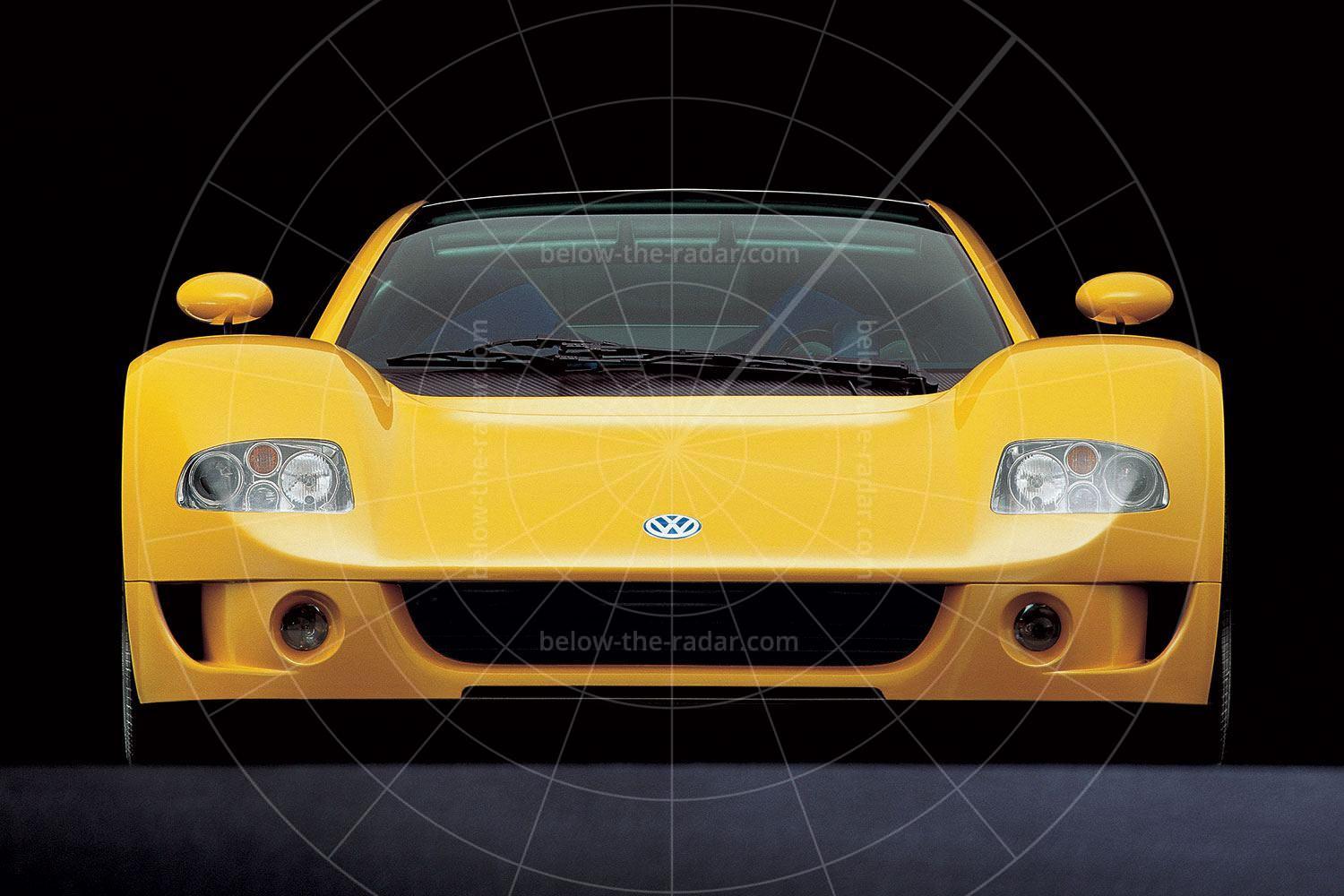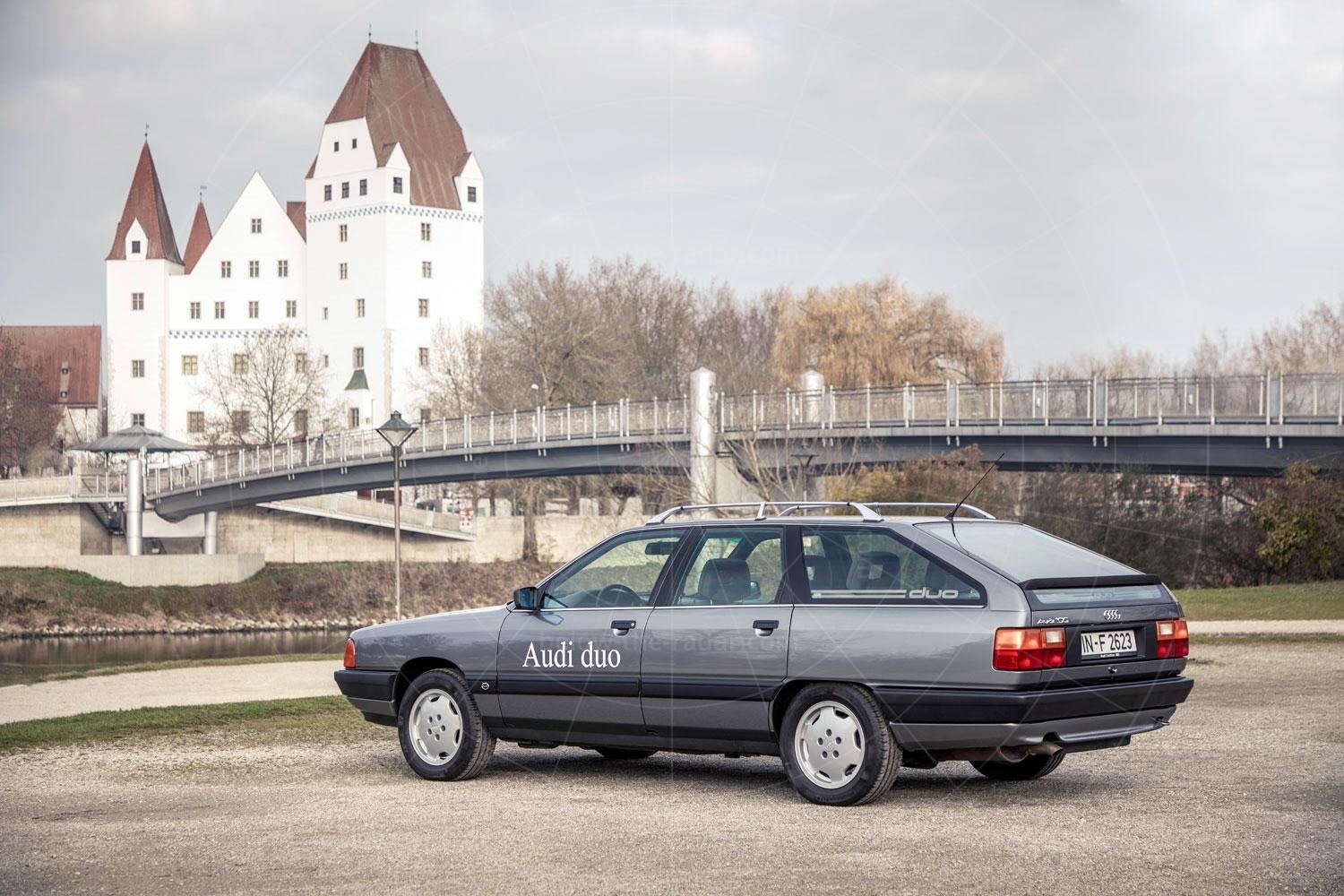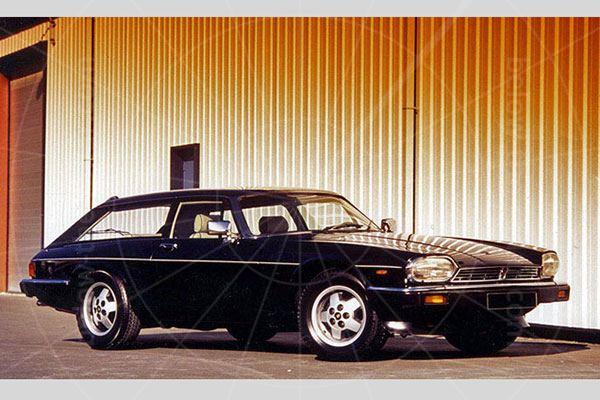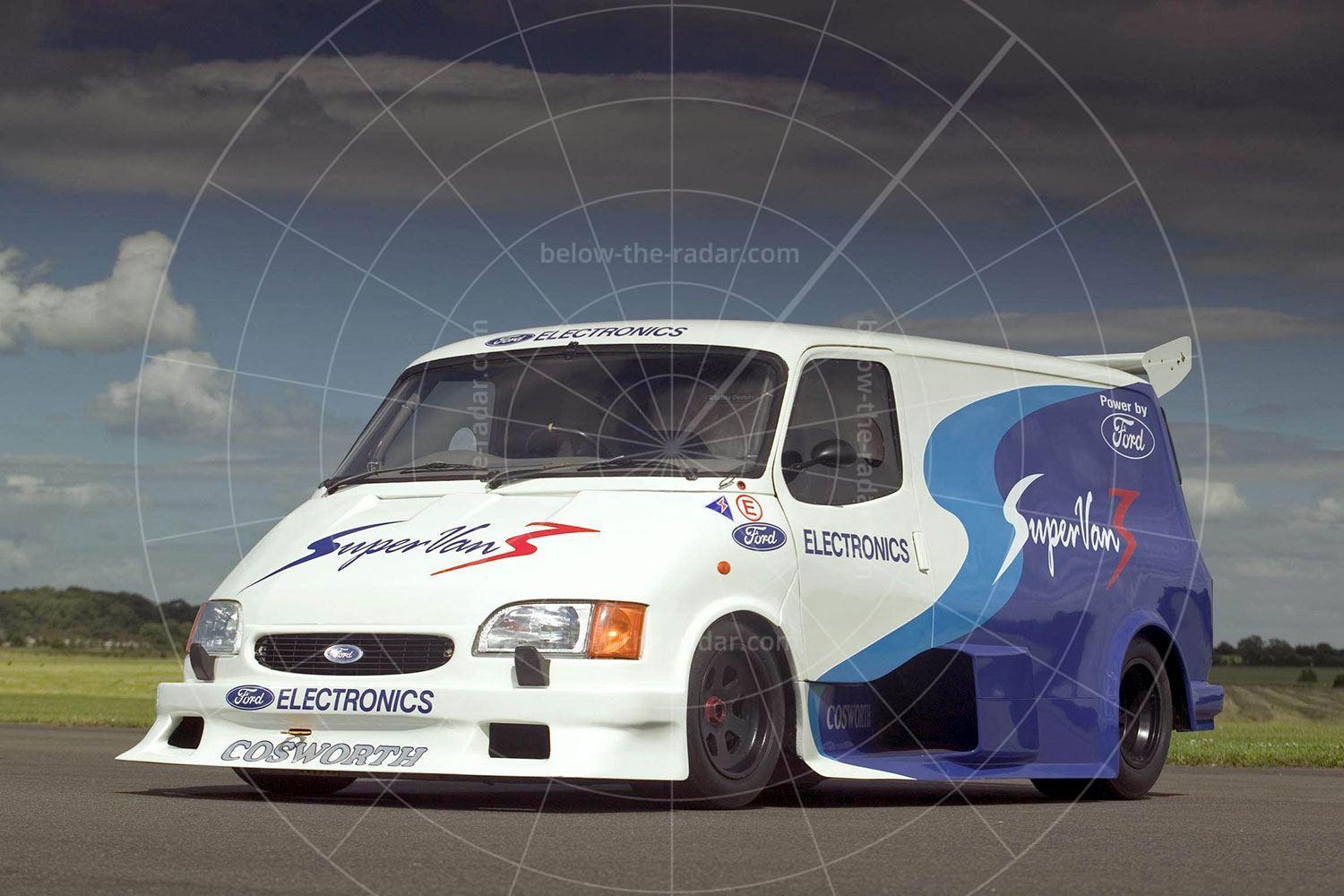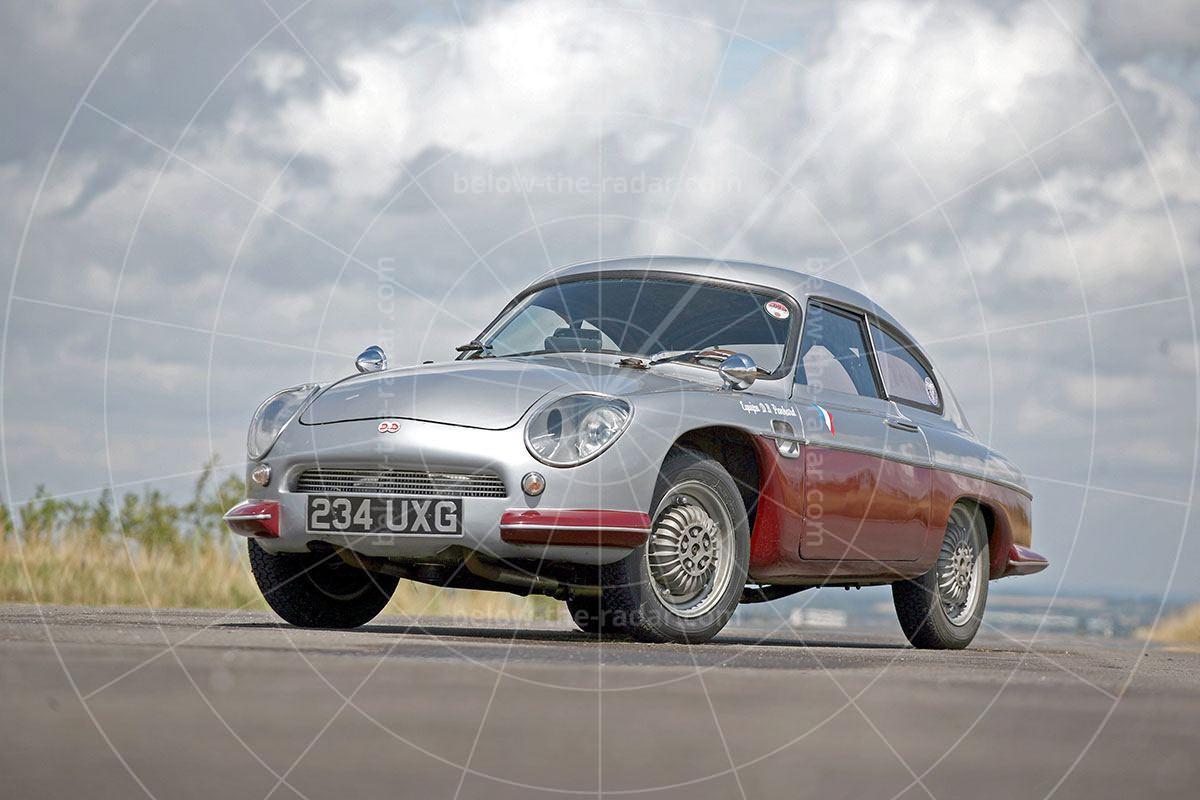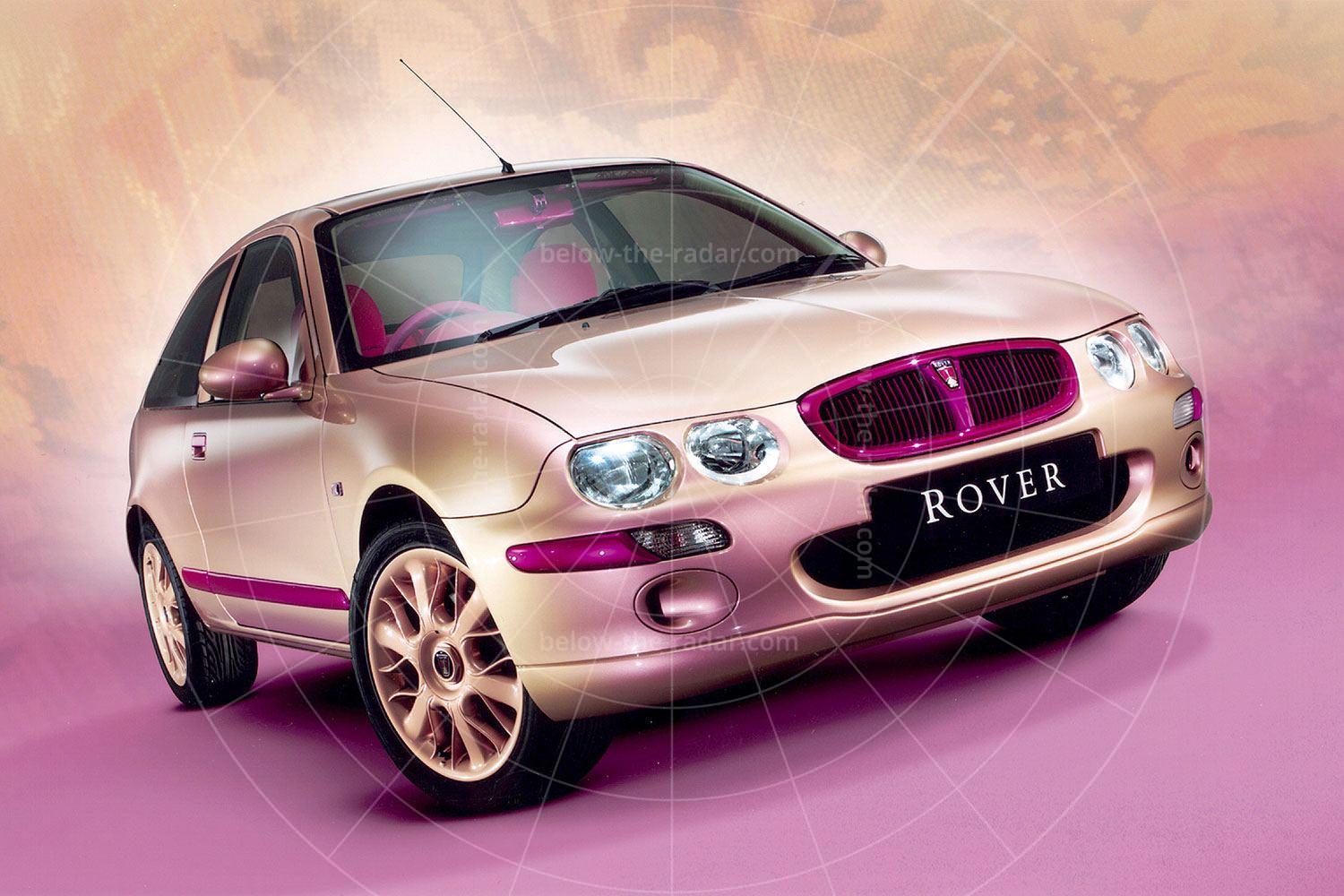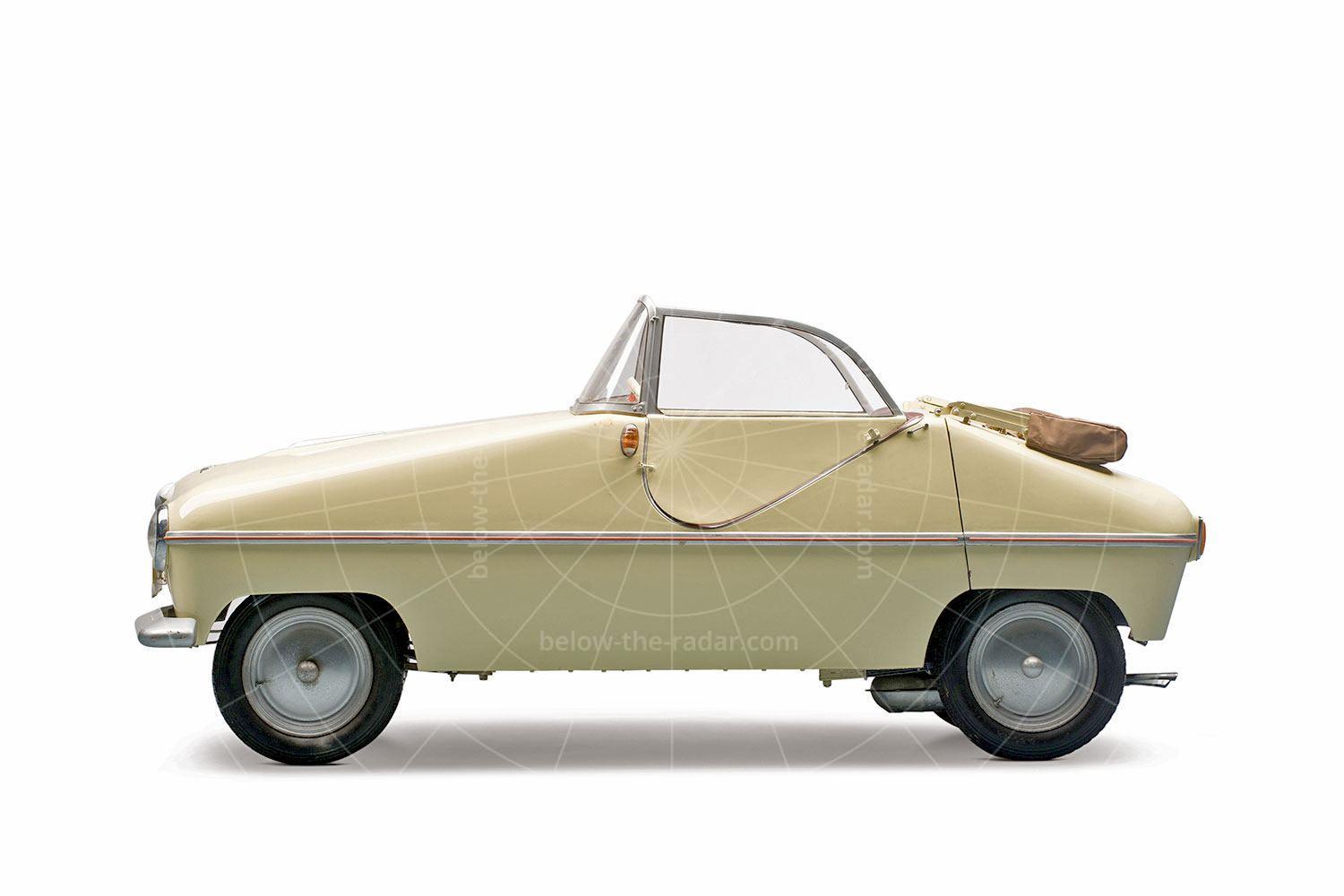As covered elsewhere on Below The Radar, Bill Tritt was the man who founded Glasspar, initially to build boats before quickly moving into car (both kit and factory-built) production in 1952. The first model was the Glasspar G2 which sired the Kaiser-Darrin and Woodill Wildfire, and which also led to Volvo attempting to offer a glassfibre-bodied open-topped tourer, the sales disaster that was the P1900.
Buoyed by this success, Tritt decided that his next automotive venture would be another glassfibre-bodied car, but this time it would feature pre-war lines and instead of having a single-piece bodyshell, it would consist of multiple sections all fixed together on a bespoke chassis with a 94" wheelbase.
Tritt had listened to feedback from those who had bought his Glasspar G2, and one of the things that was suggested by several customers was the concept of being able to replace sections of a car in the event of an impact, rather than having to blend in replacement panels which was a specialist job. Tritt responded by coming up with a design that used multiple panels held together by nuts, bolts and lock washers.
The Ascot was revealed to the world in spring 1955, and at that point the plan was to use Glasspar's own suspension design with motive power coming from an American V8 of around 170ci (2785cc). Despite its more archaic exterior design compared with the G2, the Ascot came with wind-up windows and more convenient weather protection.
As with its predecessor the G2, the engine being set back in the chassis allowed a 50:50 weight distribution, while a kerb weight of just 795kg provided decent performance without the engine having to be highly tuned. Planned to sell for $2500, the prototype Ascot was powered by an uprated Studebaker Champion engine that produced an unstressed 100bhp.
Tritt had started the Ascot project in mid-1953 and by the summer of 1954 the car was ready to be unwrapped at the Los Angeles Petersen Motorama. Just as the G2 had been, the Ascot was incredibly well received and while that ensured Tritt was as keen as ever to develop the car for series production, his business partners didn't share his enthusiasm. They were adamant that the focus should remain exclusively on building boats, so the brakes were put on the Ascot project and Glasspar expanded its boat-building activities to the point that the company became dominant in its field within the US. But by 1960 the three partners running Glasspar were disagreeing on so many things that they went their separate ways.

